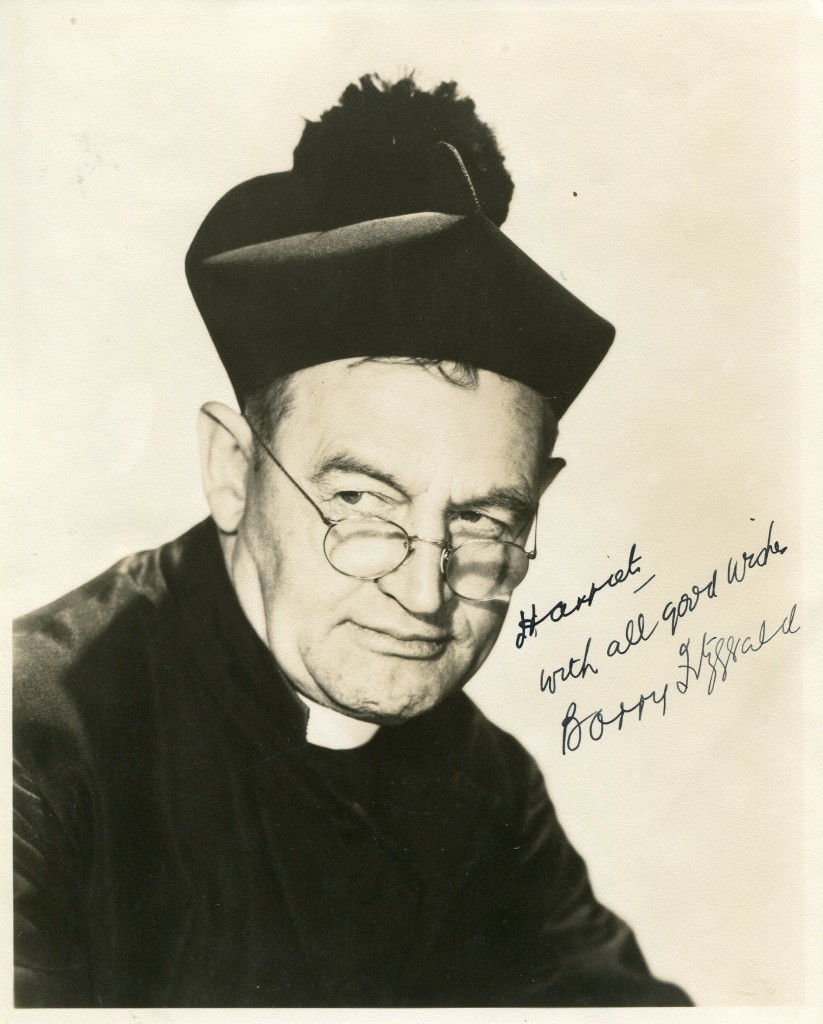
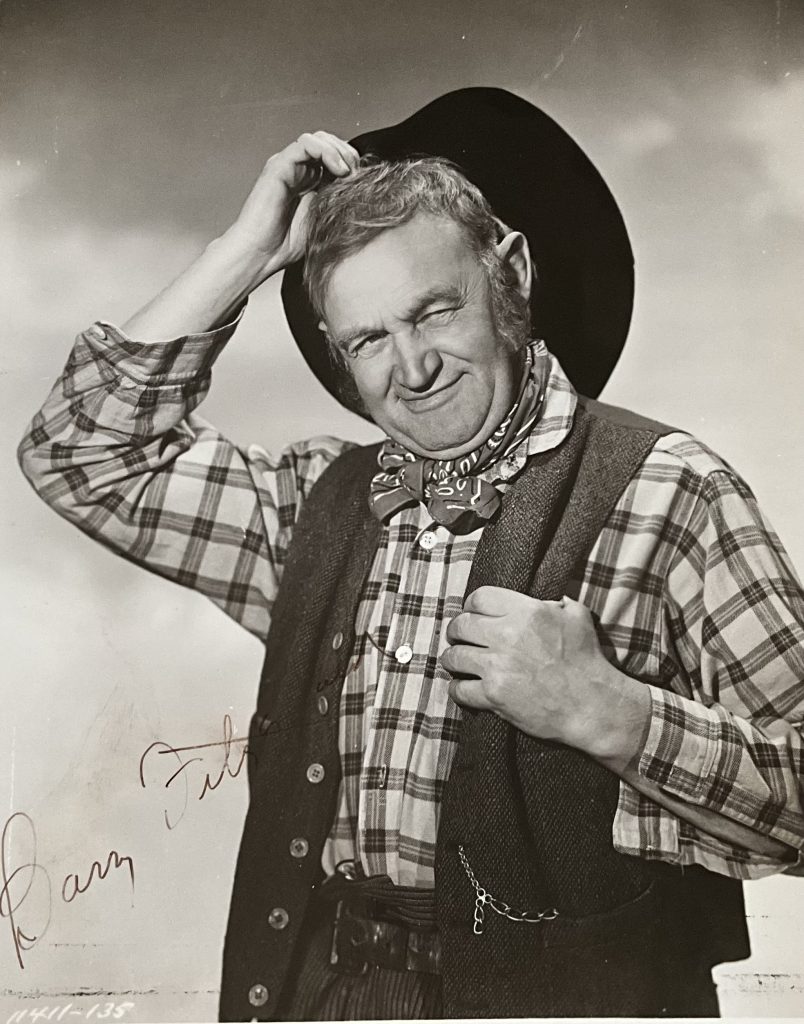
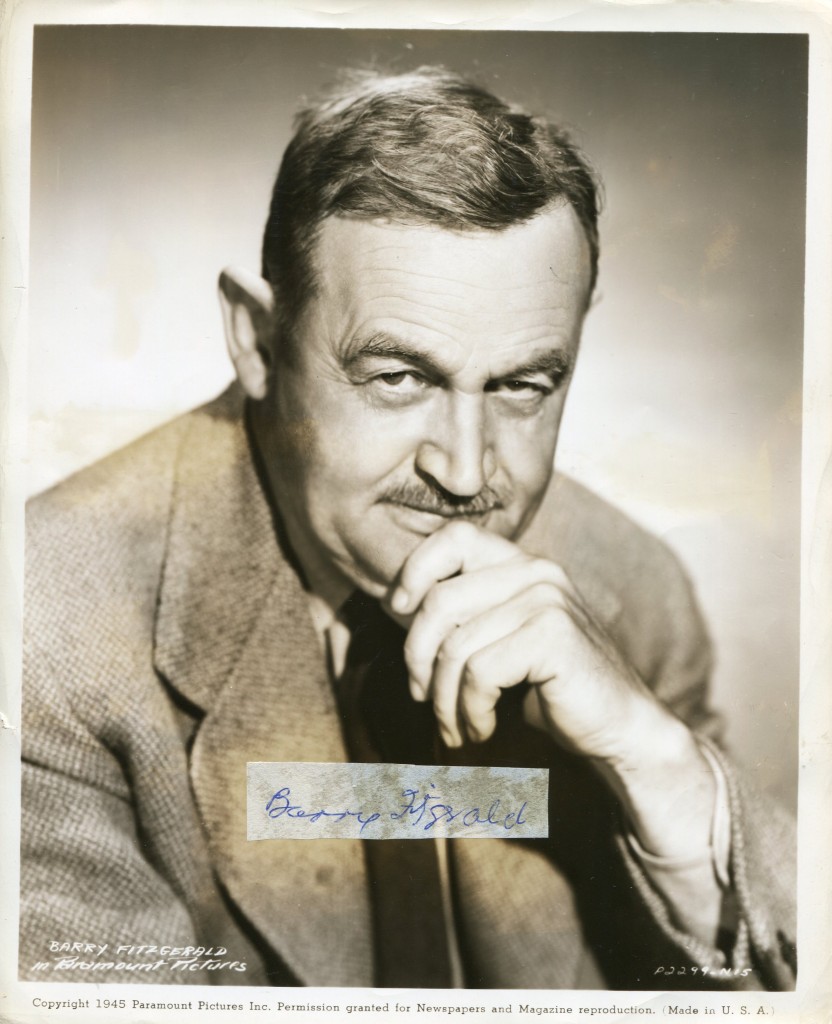
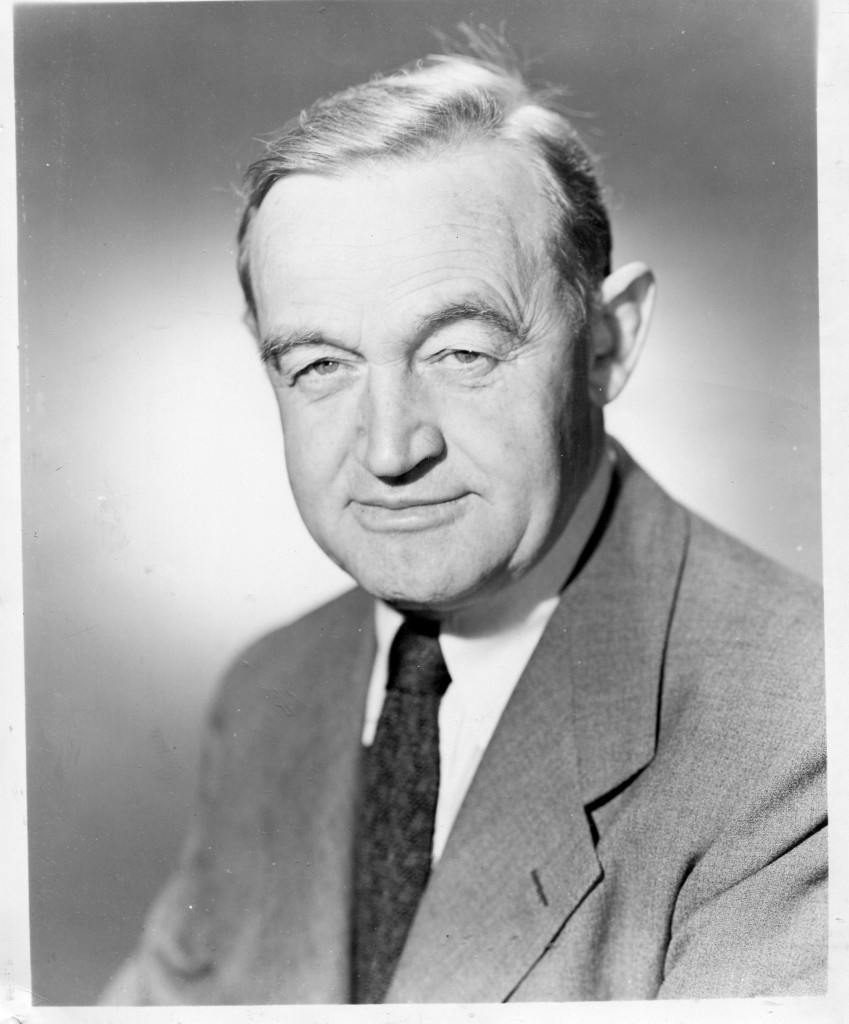
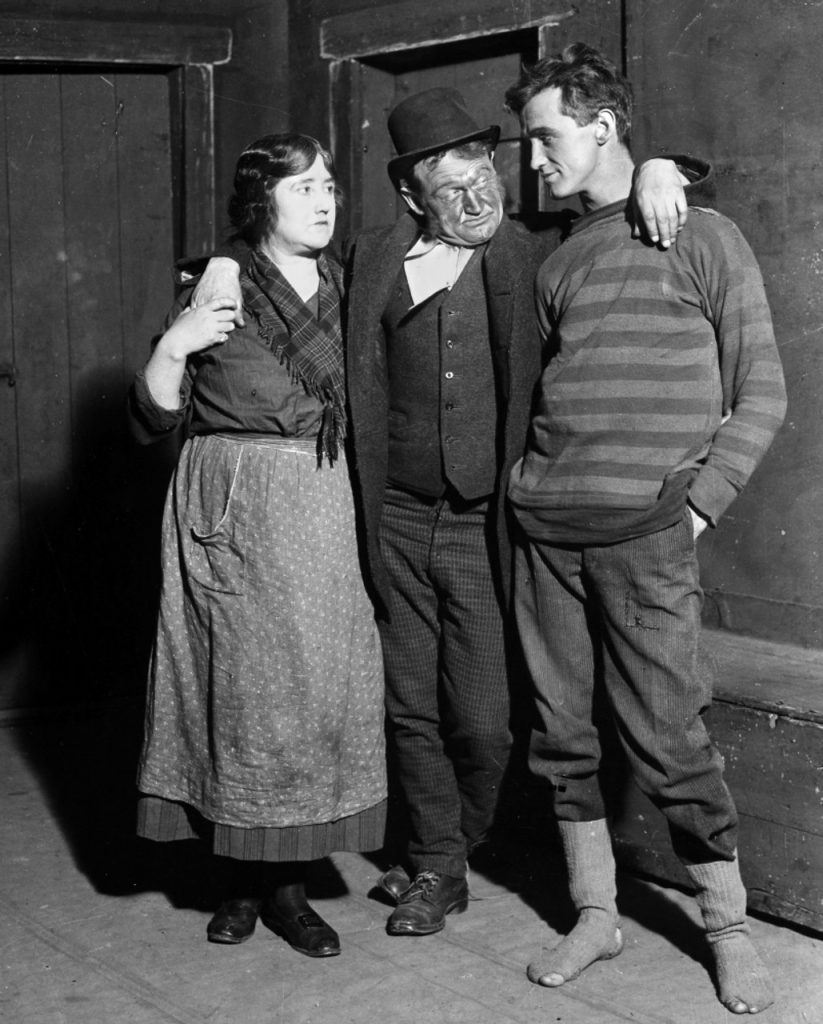


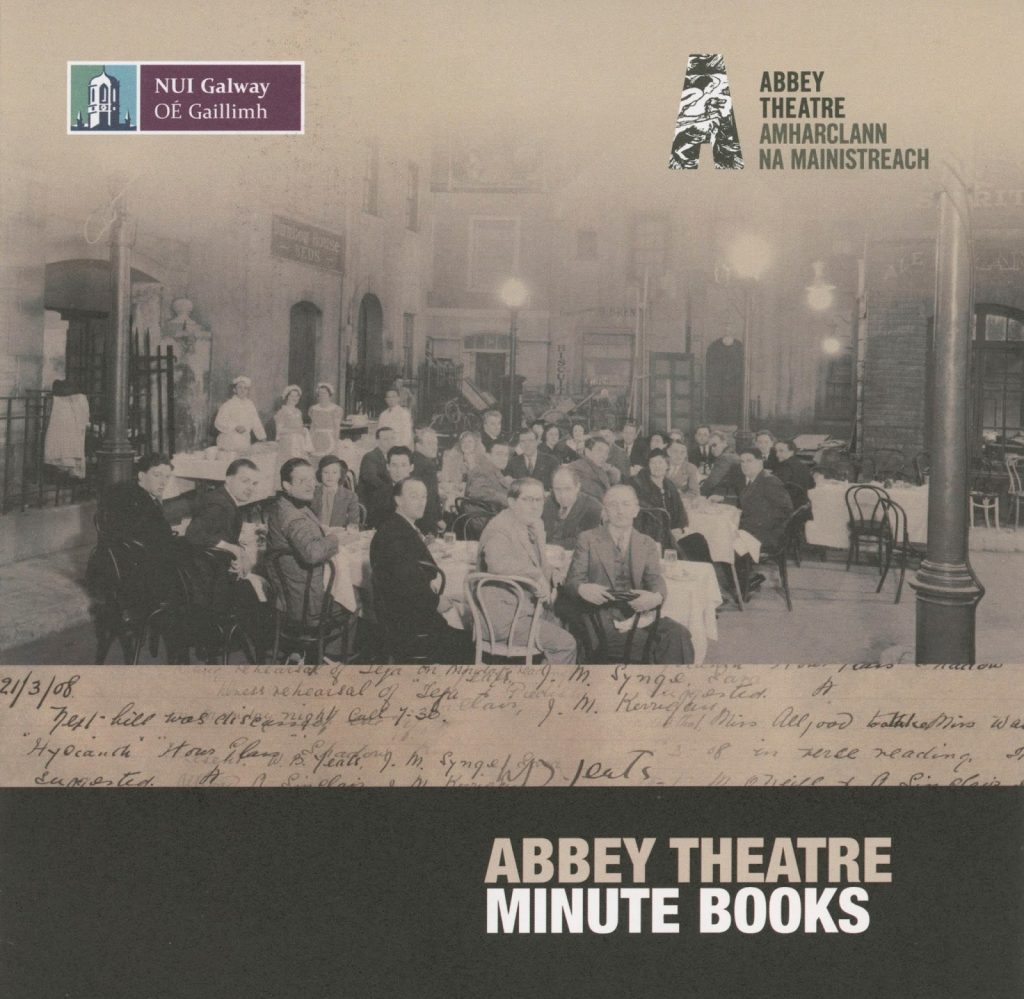
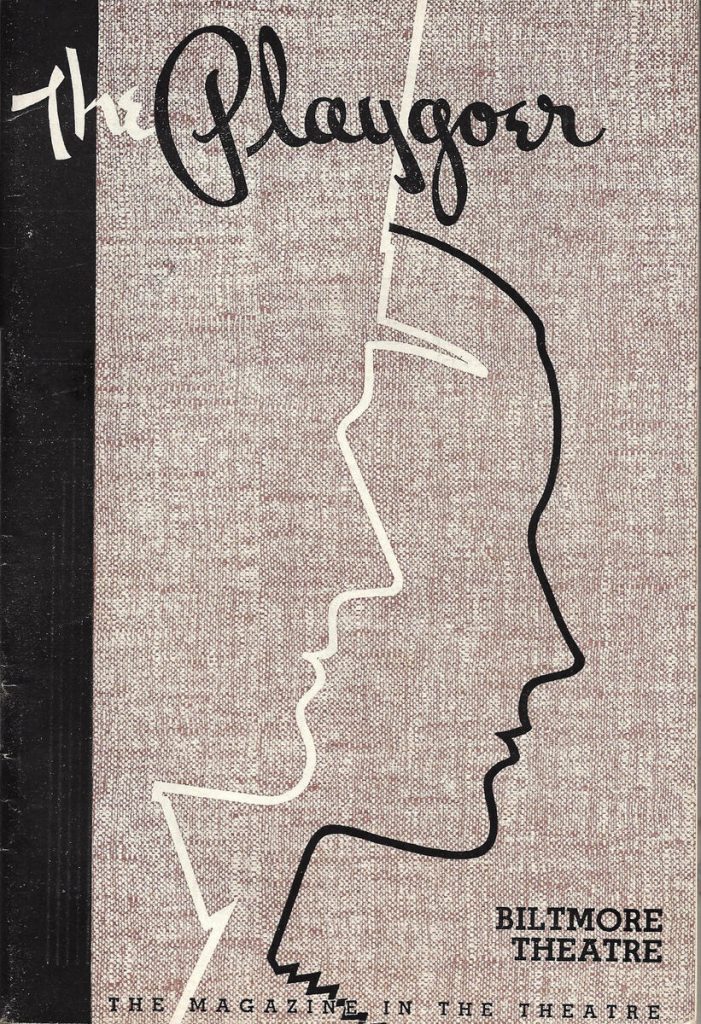

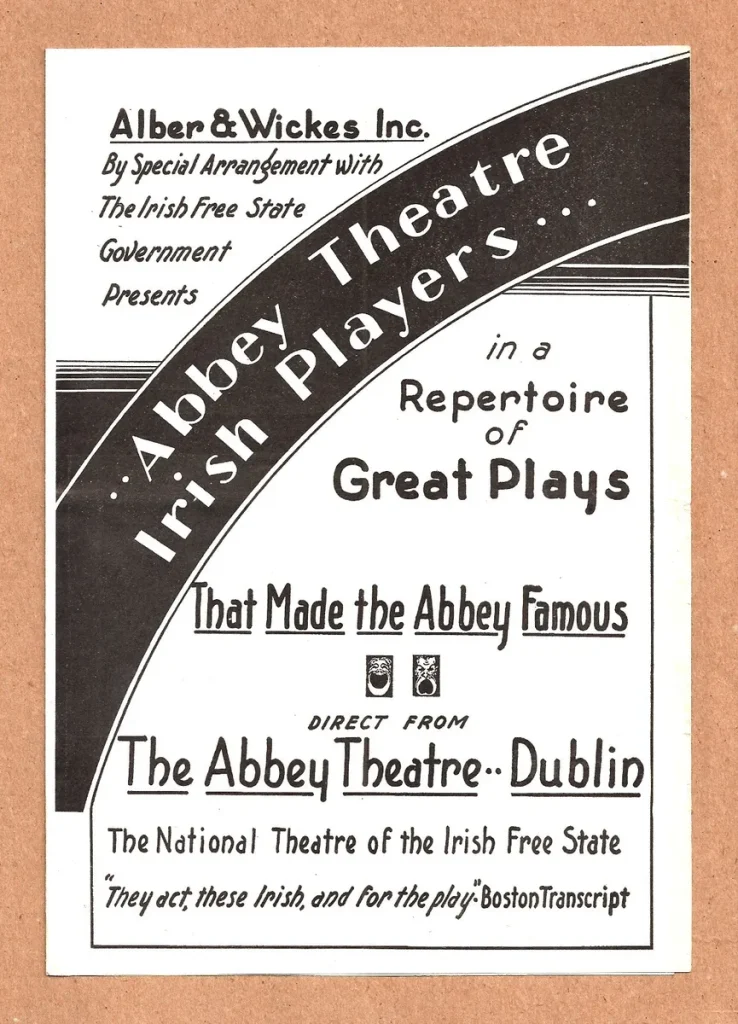

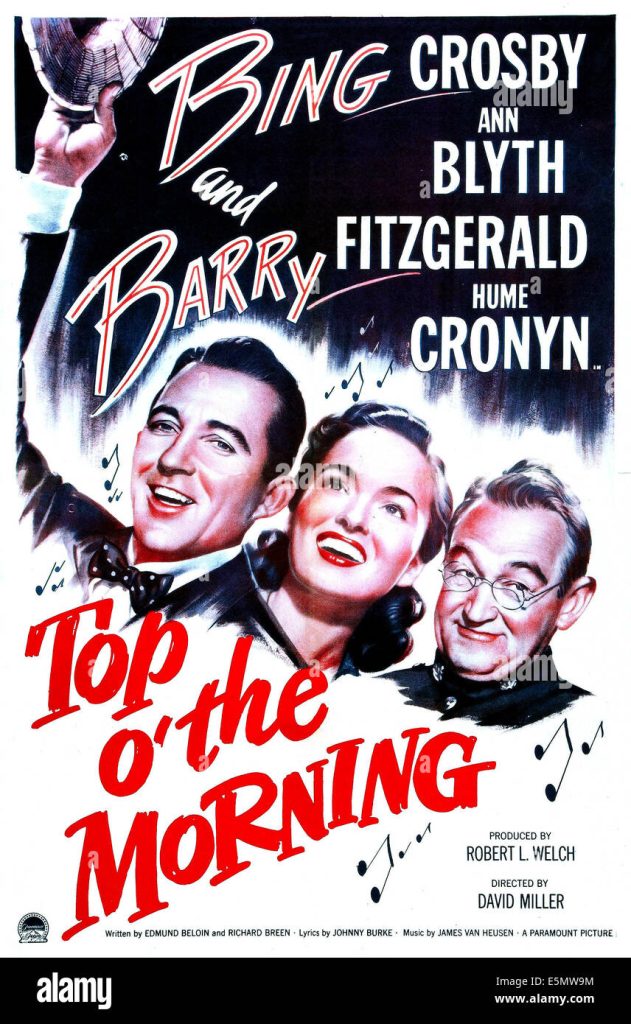



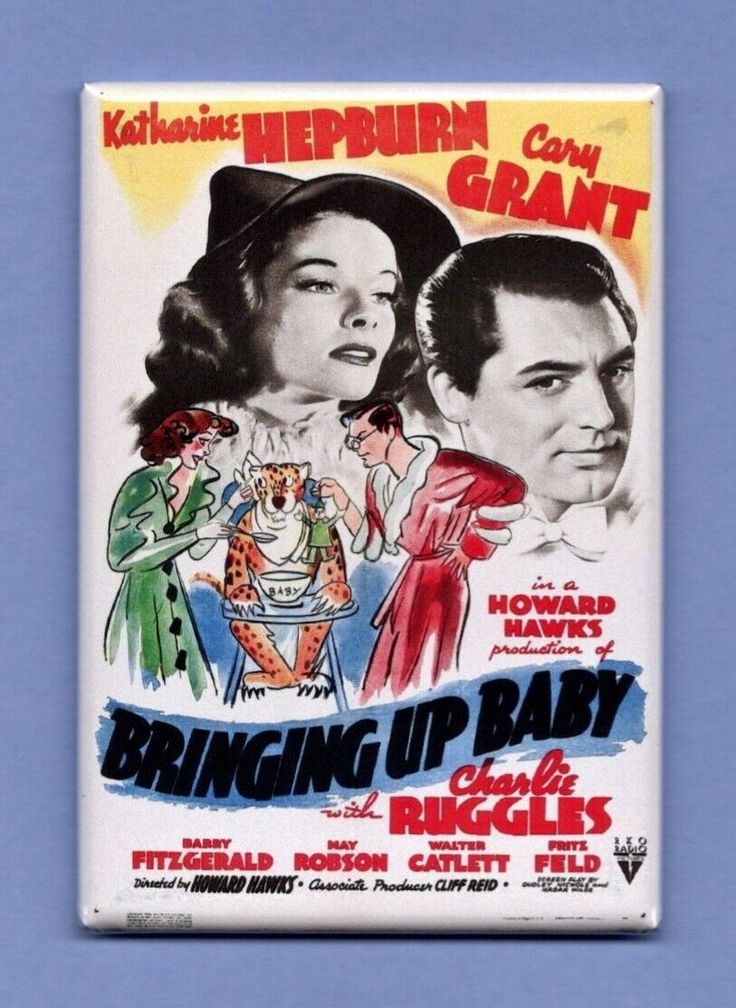
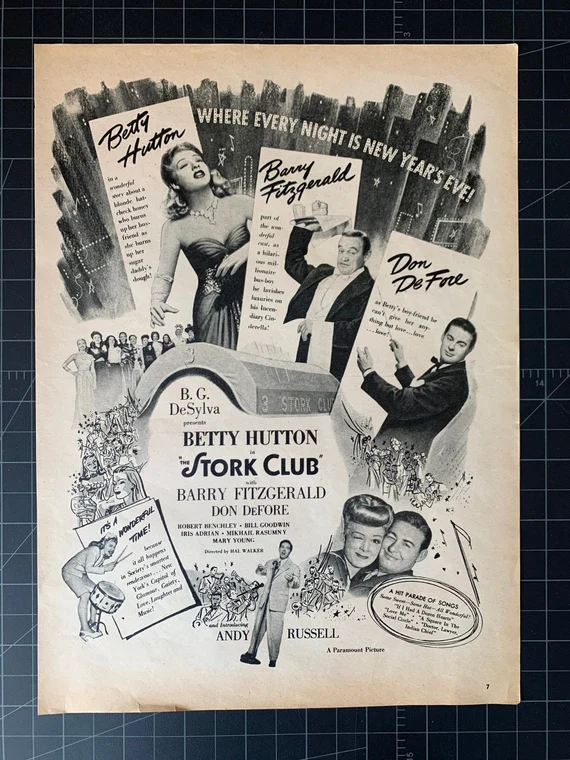
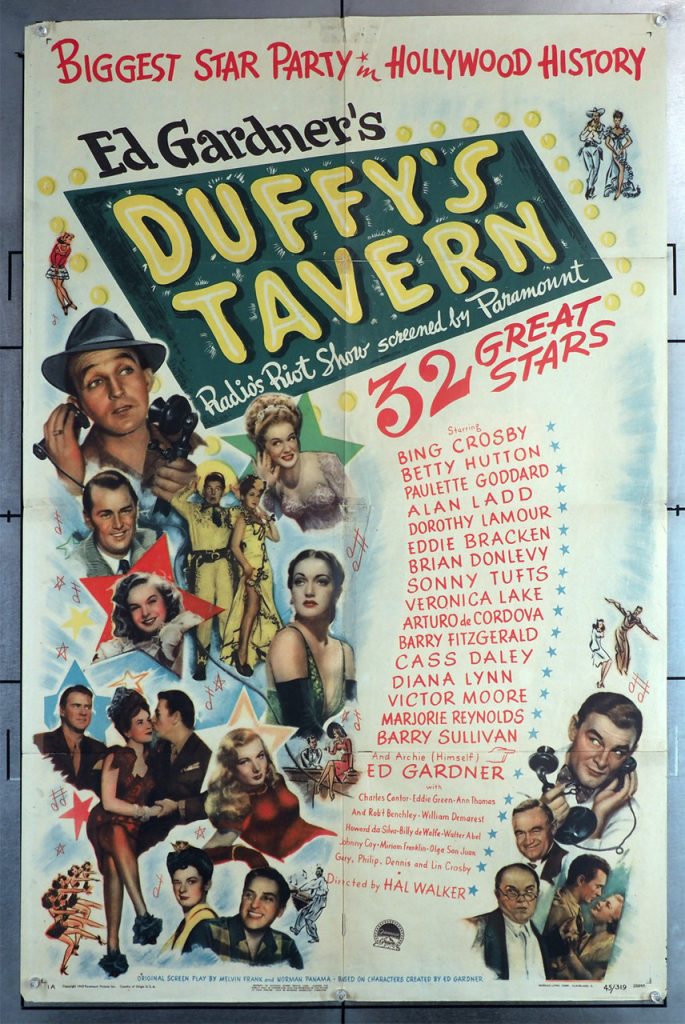
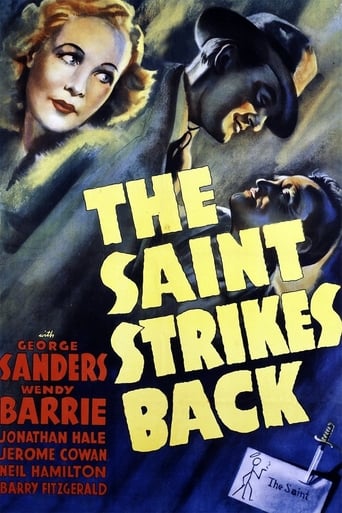


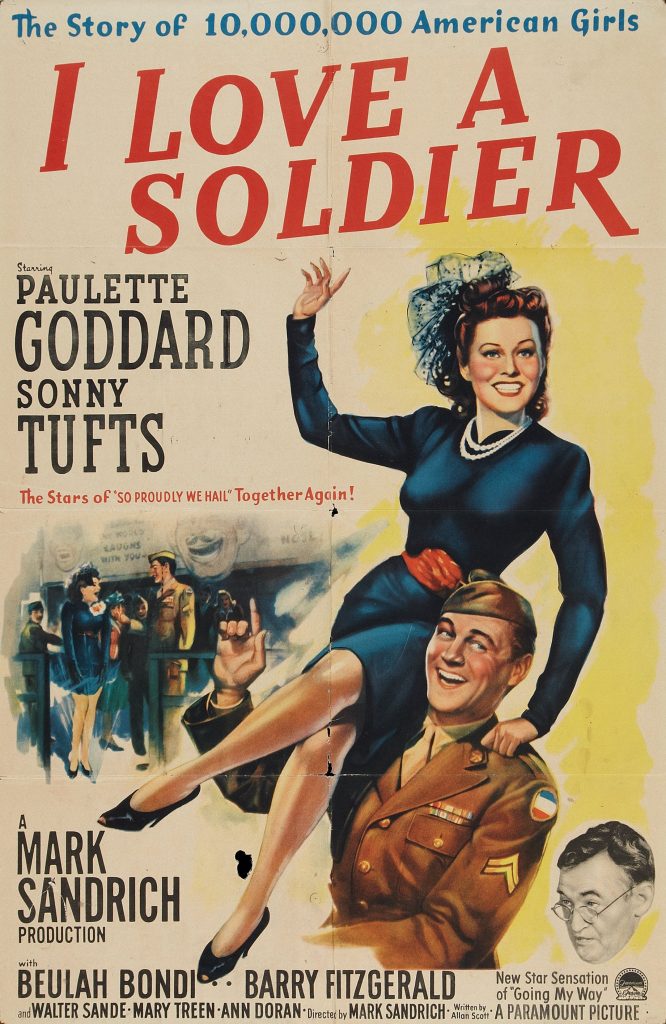
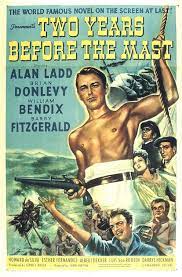


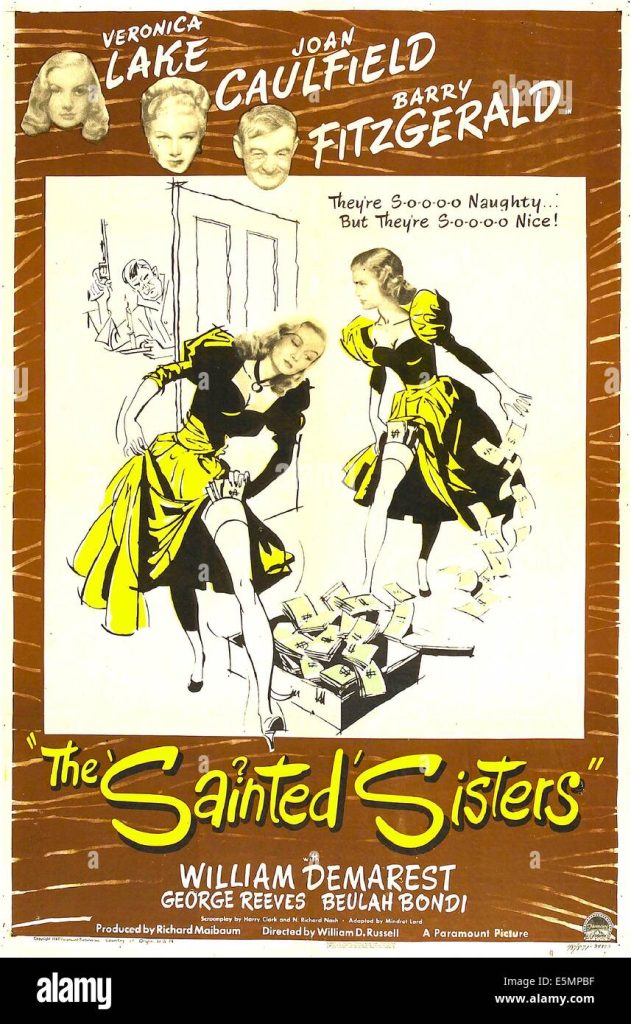

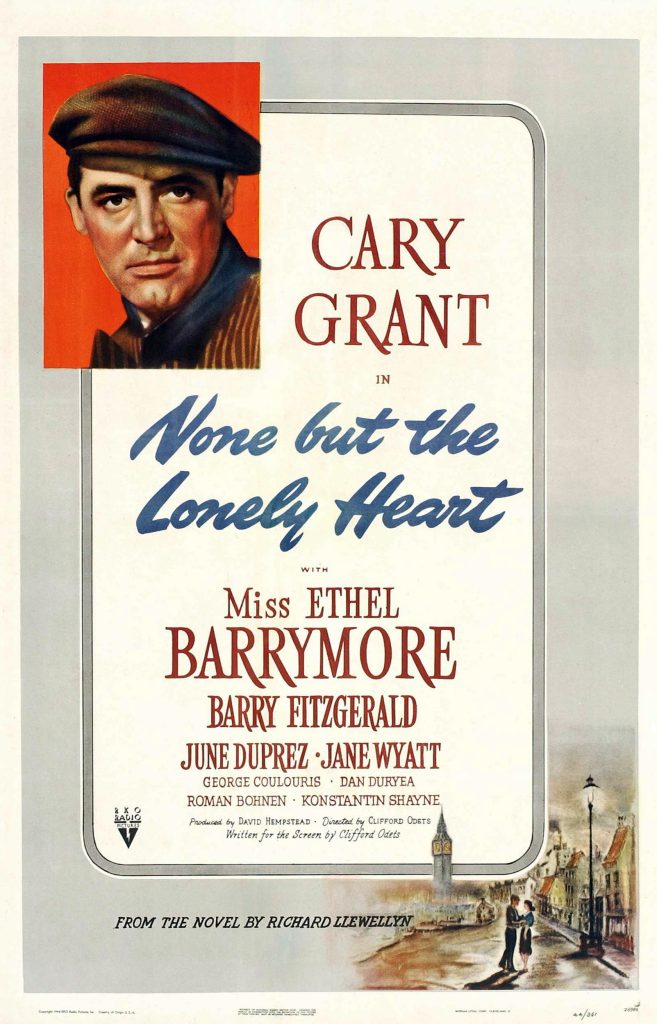

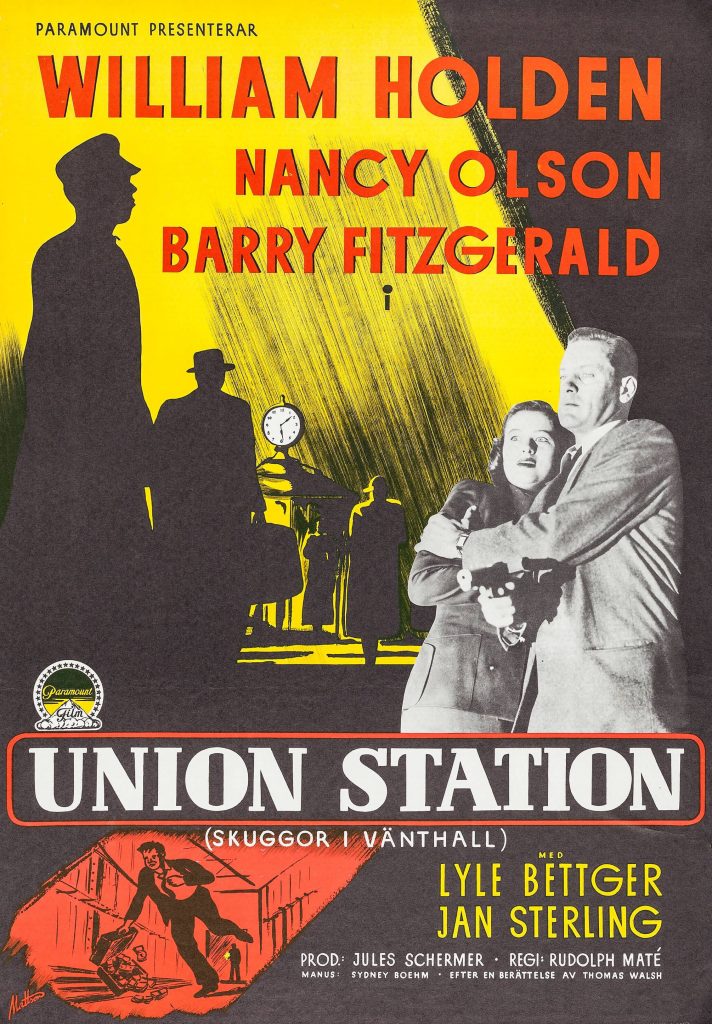
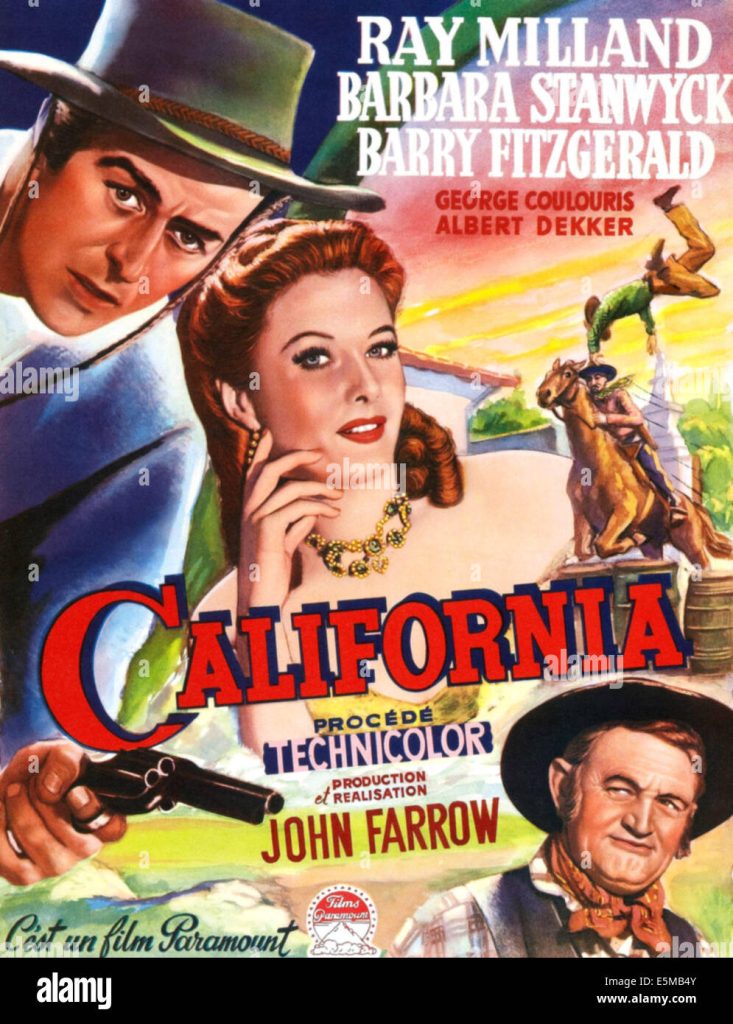


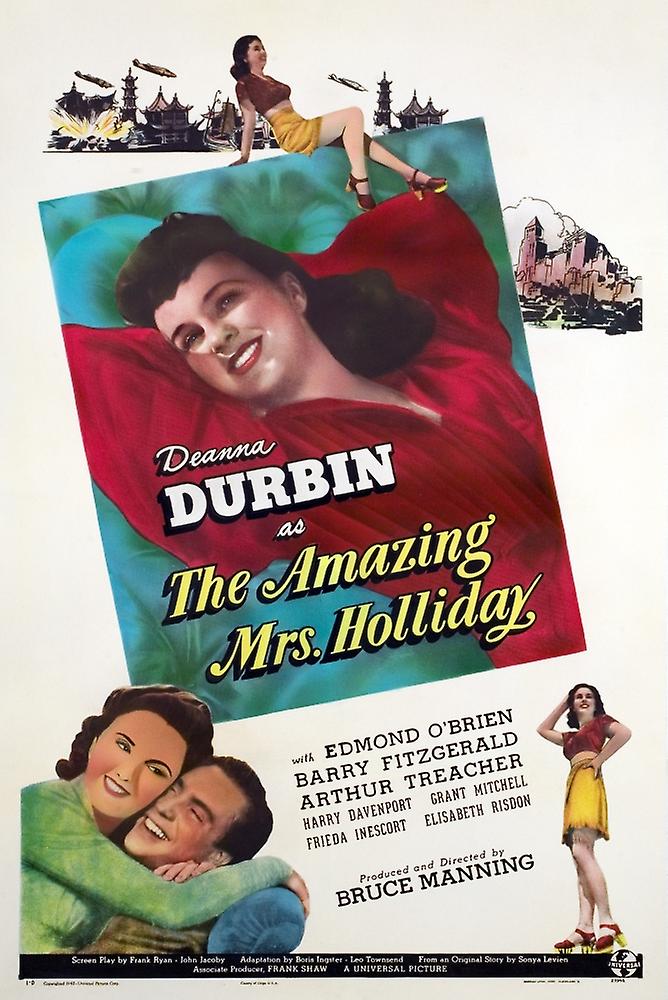
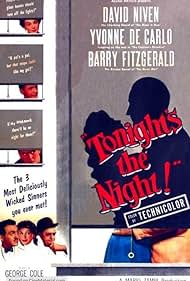
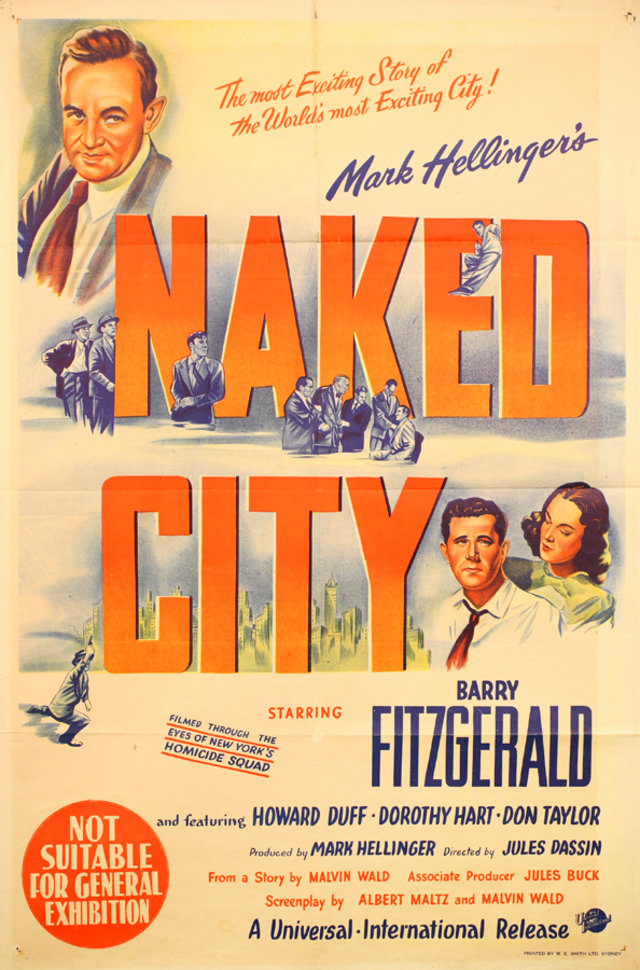
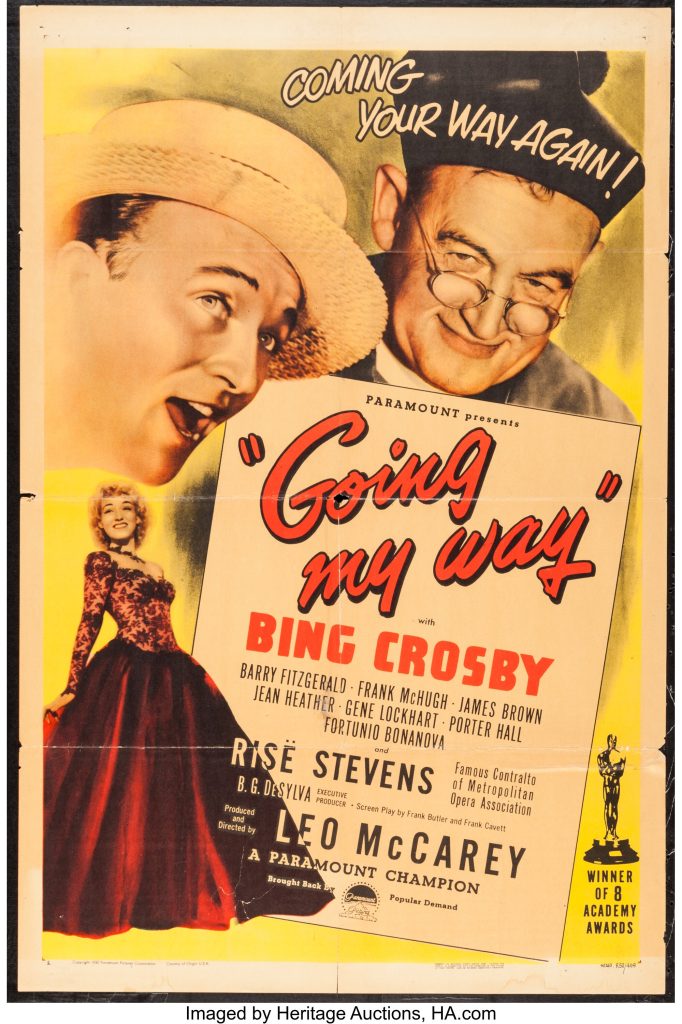

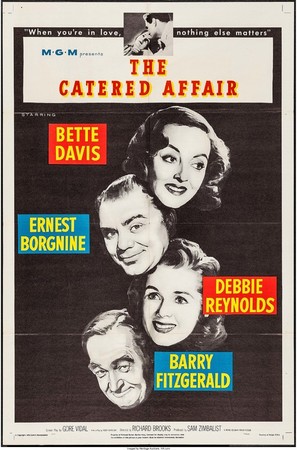

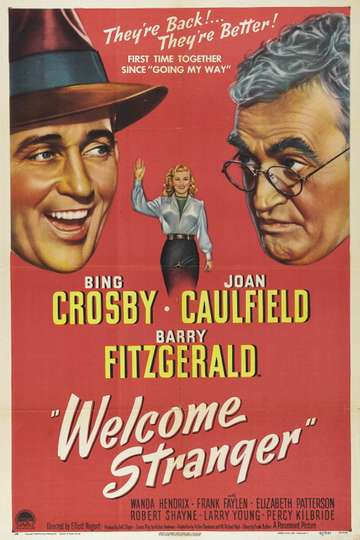
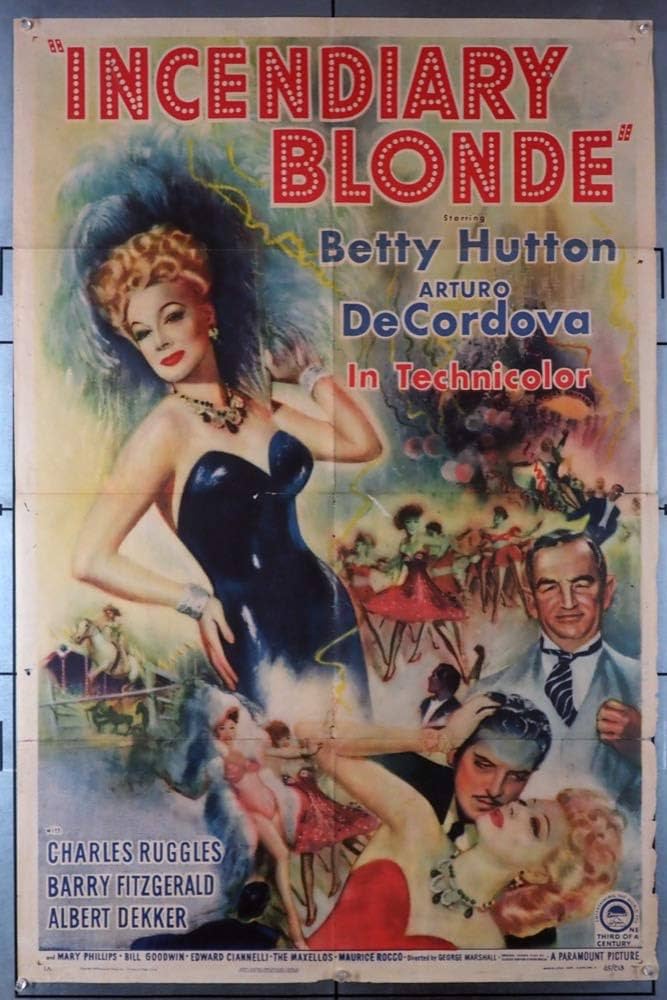
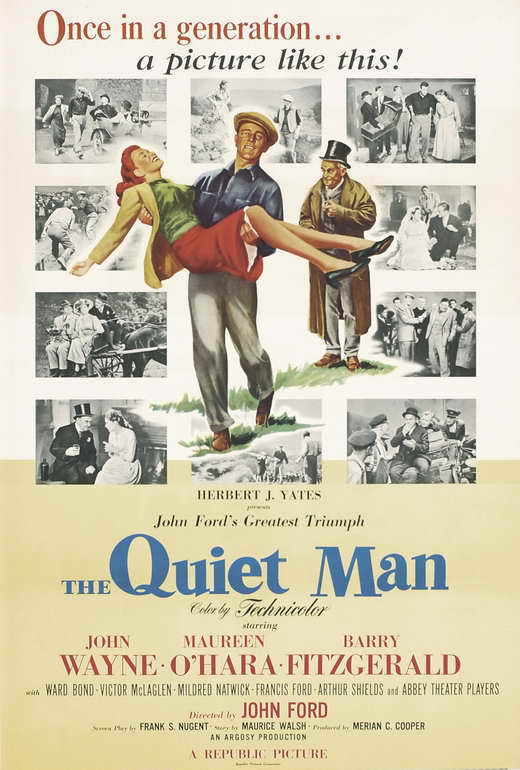
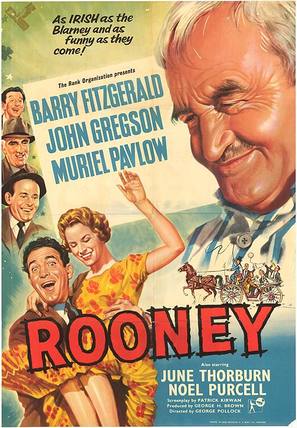
Tribute from “Irish Times” by Jessica Traynor in 2019.
Barry Fitzgerald was a man with a talent for creating conundrums for the good people at the Academy. Not only did he cause an upset by being nominated in both the Best Actor and Best Supporting Actor categories for the role of Fr Fitzgibbon in Going My Way in 1944 (he won in the latter category), he also managed to decapitate his Oscar statuette with a golf club not long afterwards.
Fitzgerald’s win was the last time the same person would be nominated for two Oscars for these two categories – the Academy would change the rules the following year. After wartime metal shortages ceased and Oscar statuettes reverted from their temporary gold-sprayed plaster construction to their usual gold-plated bronze, it wouldn’t be so easy to decapitate them while practicing your swing. The reasons for the accident are probably best summed up by Fitzgerald’s own attitude to golf: “A golf course is nothing but a pool room moved outdoors”.
Fitzgerald was born William Joseph Shields in 1888 in Portobello. His family were Church of Ireland, and his father Adolphus was a compositor, a trade union organiser, and was instrumental in setting up the first Fabian Societybranch in Ireland. His wife Fanny (née Ungerland) was originally from Hamburg, and came to Ireland in search of a less restrictive society. The couple had seven children and education and culture were valued in the household. Shields attended Skerry’s College and joined the civil service in 1911.
Shields’s brother Arthur, younger than him by eight years, began taking acting classes in the Abbey in 1913, graduating to larger roles by 1914 when the Abbey’s first company were touring abroad. Bored with his civil service job but not yet ready to let go of the steady income – “It was an easy job, full of leisure” – Fitzgerald decided to try his hand at acting too. Small of stature and with excellent comic timing in contrast to Arthur’s taller physique, the brothers had different styles and were rarely in direct competition. Nevertheless, William decided to change his name to Barry Fitzgerald, which as in part to shield his moonlighting as an actor from his bosses at the Department of Industry and Commerce. He would maintain his day job alongside acting roles until 1929.
The highlight of Fitzgerald’s early acting career was his definitive Captain Jack Boyle, played opposite Sara Allgood’s Juno and FJ McCormick’s Joxer Daly in the 1924 debut of Sean O’Casey’s Juno and the Paycock. Interestingly, Arthur Shields played his son, Johnny Boyle, a suspension of disbelief that must have owed much to Fitzgerald’s skilled physical performance as the ageing, blowhard “captain”. Fitzgerald was a friend of O’Casey’s, and took up the role of Fluther Good in the premiere of The Plough and the Stars in 1926. It was a great success, but not without controversy. An Irish Times report of February 15th, 1926 records an incident where several young men (termed “gunboys” by the paper) turned up at Fitzgerald’s mother’s house, hoping to prevent him from performing: “They assured the old lady that no harm would come to her son, but they had their orders to keep him in a safe place until it was too late for him to appear on the Abbey stage”. Fitzgerald wasn’t living there at the time, and his mother and sisters refused to reveal his whereabouts. The play went ahead. But perhaps this incident is another clue as to the potential need for pseudonyms in the politically charged post-civil war atmosphere.
Fitzgerald’s friendship with O’Casey led him to England to take the role written for him in The Silver Tassie, rejected by the Abbey in 1929. He then starred in Alfred Hitchcock’s film version of Juno and the Paycock, shot in London in 1930. The 1930s took Fitzgerald to the United States on Abbey Theatre tours in 1932 and 1934, performing in O’Casey plays alongside Synge staples like Playboy of the Western World and The Shadow of the Glen, Abbey Director and playwright Lennox Robinson’s The Far-off Hills.
In 1936, he and Arthur starred in John Ford’s version of The Plough and the Stars. This launched Fitzgerald’s Hollywood career and roles followed in films such as Bringing Up Baby (1938), How Green Was My Valley (1941), and And Then There Were None (1945), alongside his Oscar-winning turn in 1944’s Going My Way. A long-term creative partnership between Fitzgerald and Ford often found Fitzgerald cast as the comic foil to larger-than-life stars such as John Wayne. He would play alongside Arthur in Hollywood too, in Ford’s beloved The Quiet Man. As a character actor, he was unsurpassed in his era, and while Arthur’s career waned in later life, Fitzgerald would continue to be sought after.
Fitzgerald was rather reticent in his personal life, and Arthur Shields described his brother as “a very shy little man […] uncomfortable in crowds, and really dreaded meeting new people, but he was not a recluse and did enjoy certain company, especially when the ‘old chat’ was good”. Fitzgerald was a bachelor all his life, sharing an apartment in Hollywood with his stand-in Angus D Taillon. Tailon died in 1953 and Fitzgerald returned to Dublin in 1959, where he died in 1961. On is death, his friend Sean O’Casey said: “I loved the man. That is the only appreciation I can give. He was one of the greatest comedians who ever went on stage”.


